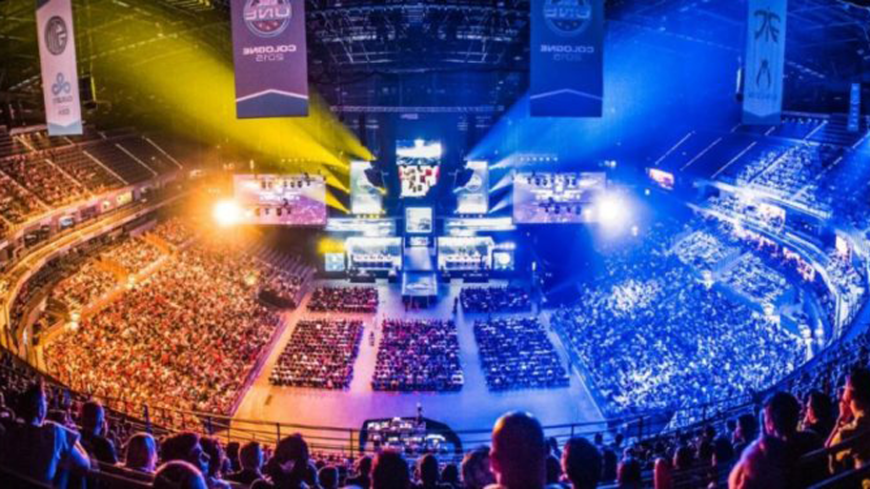
A new approach to brand success in today’s hyper-growth sports market
For many brand leaders, the Esports ecosystem is a fresh new connection point with a coveted global younger demographic. These marketers understand that winning the hearts and minds of customers today through an Esports investment is building towards a future foundation of brand loyalists. The chance to create that kind of long-term and resilient consumer relationship doesn’t come along often.
Of course, as with any nascent market, there are challenges to overcome, such as a fragmented field of play that makes scaling a sponsorship difficult and a bit of uncertainty about how to activate online for a large streaming audience. But the numbers clearly justify the many smart investments taking place.
At Helios, we’re envisioning ways for brands to engage Esports fans in a unique manner that reverses the traditional sports marketing approach, beginning with a focus on the live event experience and the use of ingenious digital experiential methods to maximize the sponsorship onsite and extend it online. This fan-centric activity then propels traditional impression-based media (targeted ads, unique ad creative etc.) – the two complement and fuel one another, but the point of origination is live experience.
In this view of things, success is about harnessing that unique, high-energy fan passion and making it incredibly personal and shareable for Esport audiences – which then emanates outward through more traditional sponsorship channels.
This is where authentic, compelling content and creative new interactive tactics come into play: we’re advising brand clients to think differently about to bring storytelling methods such as augmented reality and VR to the live event activation while encouraging remote viewers to participate at the same time.
This solution uses immersive techniques to enroll fans in competitions, mini-games and story-driven media formats that they can experience physically onsite and also via their personal devices globally.
Paid media, targeted ad serving and Esports-specific ad creative all have a role to play, of course. But Esports represents an opportunity to rethink the traditional live event activation, to layer new engagements on top of and around sampling and signage to truly make the medium the message.
Whether through mobile devices, computers or other devices, brands can and should leverage digital experiential techniques to invite fans to participate in some manner, versus simply broadcasting at them.
Ultimately, we see Esports as a unique opportunity to re-think the sponsorship model to better meet the preferences and expectations of an important customer demographic. And with years and even decades of future customer loyalty at stake, now may be the time to take a new look at immersive digital experiences as a more strategic asset within the experiential tool set.
